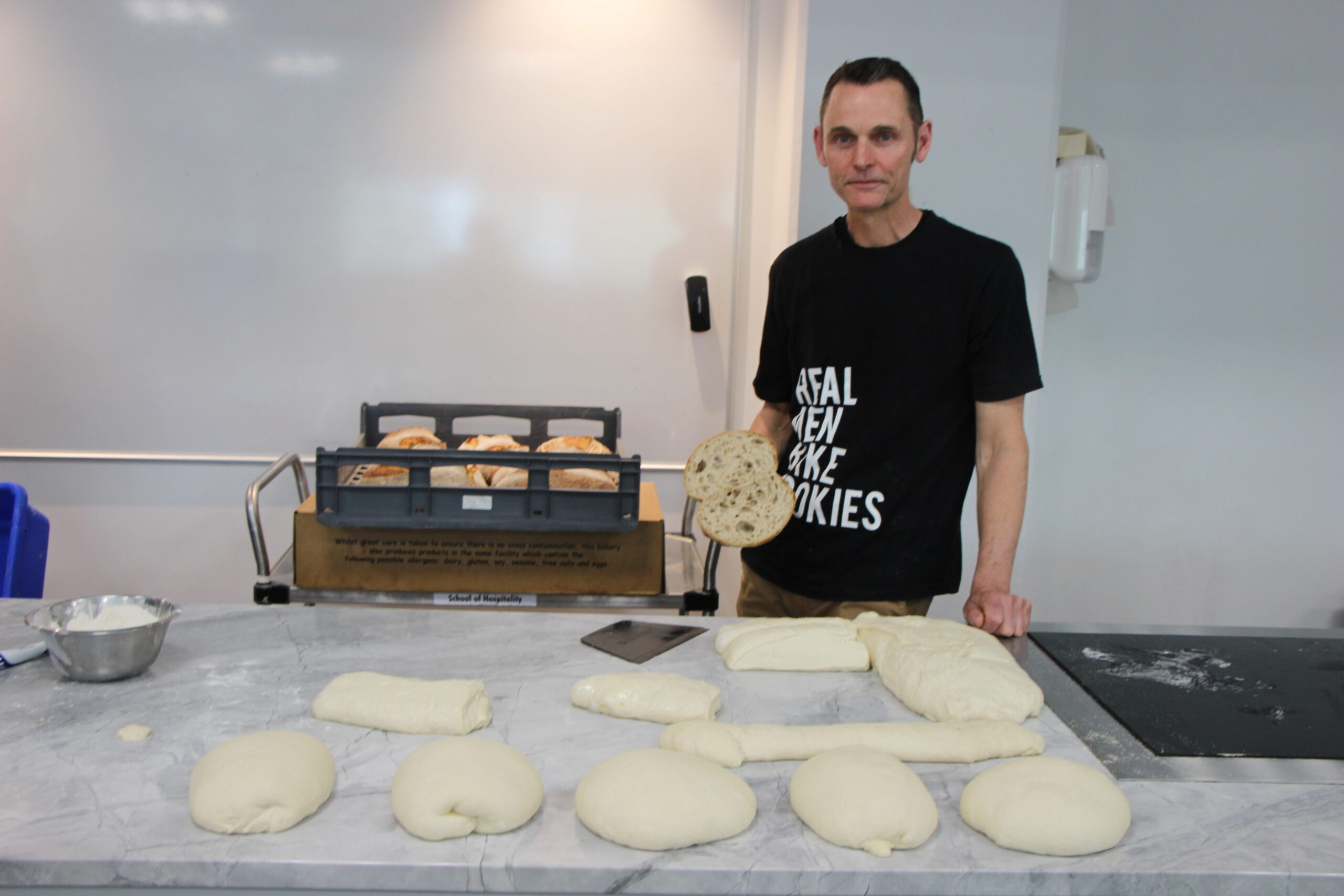Copyright farmersweekly

Reading Time: 3 minutes Interest in the New Zealand Grown Grains Mark is rising as it aims to strengthen consumer uptake of locally sourced food and reduce reliance on imported grain. Foundation for Arable Research (FAR) general manager of business operations Ivan Lawrie said the new logo, launched in early October, will make it easier for consumers to identify and source products made from high-quality NZ-grown grain. “Most consumers are unaware that when they buy bread from the supermarket that it is more likely to be made from imported rather than domestically grown milling wheat,” Lawrie said. Arable growers hope to tap into a strengthening desire by consumers for locally sourced food, and reduce reliance on imported product. The grains certification trademark is the initiative of growers via their levy organisation FAR, in collaboration with Eat NZ. Lawrie said interest is already high among bakers as well as makers of breakfast cereal and plant-based milk. The trademark applies not only to milling wheat, but other grains such as oats and barley, as well as seeds. At least 75% of the bread sold in NZ is made from imported grain, because it is cheaper for North Island flour mills to import grain from Australia than freight it from Canterbury, where it is predominantly grown. As wheat represents only about 40 cents of the cost in a standard loaf of bread, greater use of domestically grown grain is expected to have a marginal impact on consumer prices, Lawrie said. “To be sustainable for growers, the price of wheat needs to rise by 10-15%. This is just on the value of the wheat component, not the whole cost of producing a loaf. “There is space in the market for every type of loaf, from $1 white bread to a $7 sourdough.” Products using the Grain Mark can include up to 20% of imported or blended ingredients. Mid Canterbury cropping farmer Brian Leadley said it is disappointing to be competing with imported milling wheat but also challenging, with the expectation that the Grain Mark will revitalise the arable sector and expand production. “We are proud of the milling wheat we produce and want to see more of it used,” Leadley said. Group general manager of Timaru-based Farmers Mill Phil Jackson said the mill processes only South Island-grown wheat. “The biggest challenge is freight and getting product from the South Island to the North Island. “The Grain Mark is significant as it is an opportunity for us to get people to be aware of what we do in NZ.” Large-scale catering group Compass is now including the Grain Mark in its tender documents. Compass managing director Paul Harvey said Compass sources $20-$25 million of grain-based product a year while producing 170,000 meals a day for schools, hospitals, the Defence Force and businesses. Quality and consistency of ingredients is key. “The quality of grains in the South Island is phenomenal and if we can tell that story, I am in no doubt the volumes and benefits will come.” Andrew Fearnside, owner of Wild Wheat, an Auckland bakery producing artisan, specialty breads, is proud to be one of the first to sign up and use the logo. “The provenance of our flour is a good story and we are a shop window for the growers,” Fearnside said.



